On December 23, the Russian Air Force held an event commemorating the 100th anniversary of the creation of a squadron with long-range capabilities. The squadron was established on December 23, 1914, when Tsar Nicholas II signed the "Enactment on the creation of the squadron of Ilya Muromets aircraft".

1/9
© Fotobank.ru/Getty Images
Recently, the Russian Air Force resumed long-range flights as a strategic deterrence. Tu-160 strategic bombers (above) landed in the Caribbean countries (Venezuela, Nicaragua), and, with use of aerial tankers, in Northern Africa (Egypt) and Southeast Asia (Vietnam). In addition, Russian long-range military aircraft reached the Mediterranean Sea and the South China Sea.
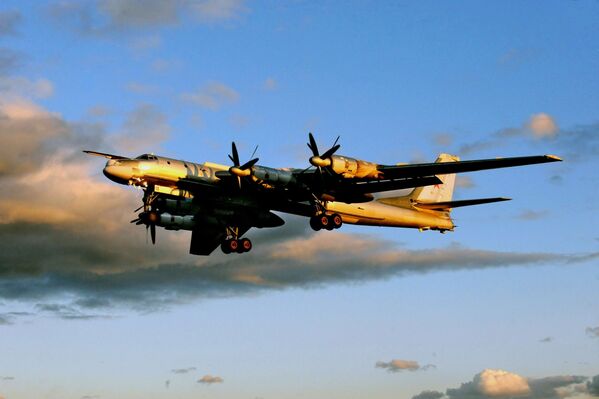
2/9
© Fotobank.ru/Getty Images
The Russian long-range squadron is equipped with Tu-160 and Tu-95MS strategic missile platforms (above), Tu-22M3 long-range bombers, Il-78 aerial tankers, An-30B special aircraft, An-12, An-26 transport aircraft, and Mi-8 and Mi-26 helicopters.
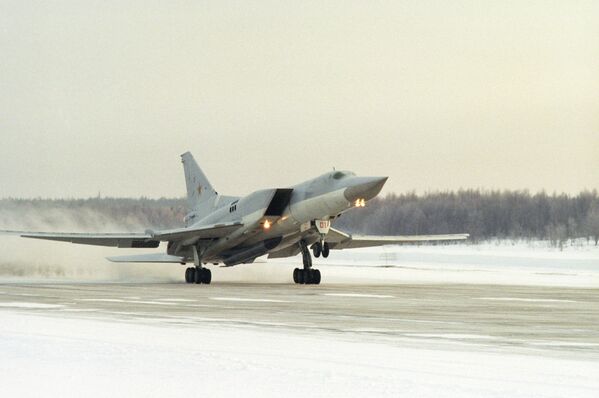
The Tu-22M (NATO designation: Backfire) is a Russian supersonic long-range strategic bomber developed by the Tupolev Design Bureau. The aircraft was used in combat in Afghanistan from 1987 to 1989 and in Chechnya during 1995.
Above: A Tupolev Tu-22-M3 Backfire strategic bomber.
Above: A Tupolev Tu-22-M3 Backfire strategic bomber.
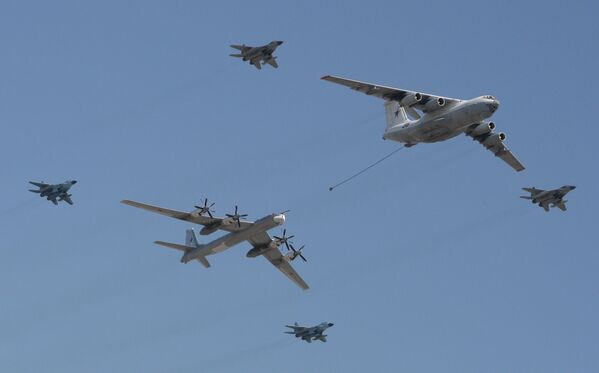
In 2014, a Tu-95MS squadron carried out strategic deterrence flights along the coastline of Norway, Britain, Spain and Portugal. They were aerially refueled.
Above: An Il-78 tanker aircraft, right, and a Tu-95 heavy bomber flying over Moscow's Red Square during the 64th Victory Day parade, May 9, 2009.
Above: An Il-78 tanker aircraft, right, and a Tu-95 heavy bomber flying over Moscow's Red Square during the 64th Victory Day parade, May 9, 2009.
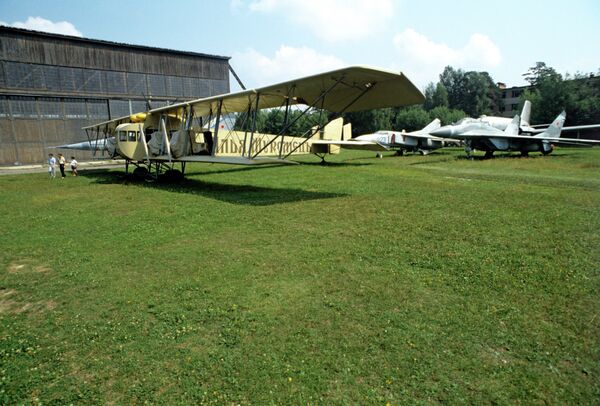
The Ilya Muromets (above), the world’s first heavy bomber, was created by Russian engineer Igor Sikorsky in 1913. The aircraft set records for its flying range, flying time and cargo capacity.
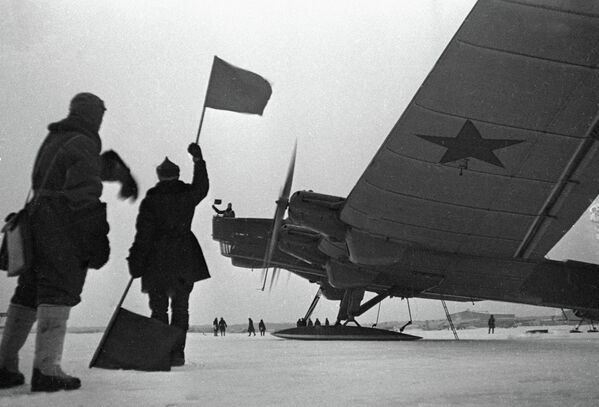
The Tupolev TB-3 (above) was a heavy bomber deployed by the Soviet Air Force in the 1930s and during World War II. Despite being officially withdrawn from service in 1939, the aircaft performed bomber and transport duties throughout much of the war.

The Russian Long Range Aviation was created March 5, 1942 to meet a wide range of strategic objectives.
Above: A long-range bomber IL-4.
Above: A long-range bomber IL-4.
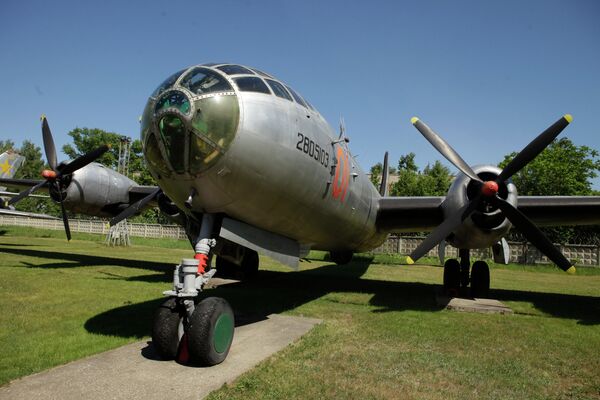
The Tu-4 (above) was a piston-engined Soviet strategic bomber. It served the Soviet Air Force from the late 1940s to mid-1960s. The Tu-4 was a reverse-engineered copy of the US-made Boeing B-29 Superfortress.
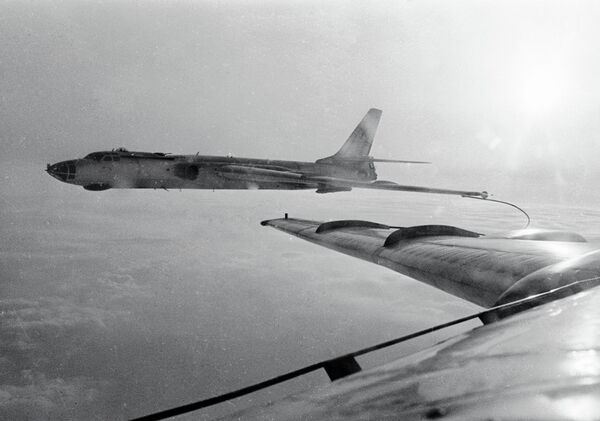
The Tu-16 (NATO designation: Badger) was a Soviet twin-engined jet strategic bomber. It was produced in several versions, including a missile platform, an aerial tanker and an electronic-warfare aircraft. The Tu-16 has flown for more than 50 years.
Above: Fuelling TU-16 bombers in the sky.
Above: Fuelling TU-16 bombers in the sky.



